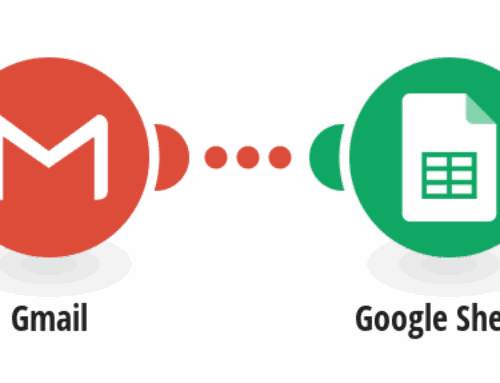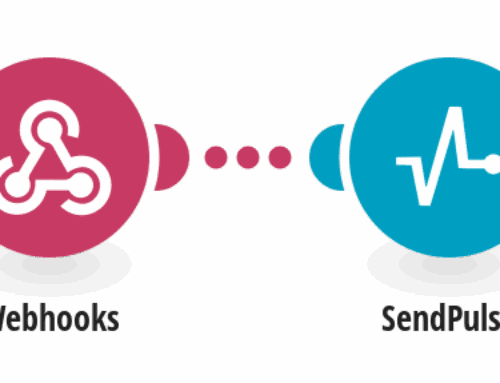Create a Stunning Website Thumbnail: Advanced Guide
Introduction to Website Thumbnails
Whether you’re venturing into the world of web design or looking to give your website an extra pop, creating an eye-catching thumbnail is key. Thumbnails are the first impression visitors get, much like a book cover enticing a potential reader. But unlike a novel, your thumbnail has to do a lot of talking in a fraction of a second. In this guide, we’re diving deep into the essentials of crafting an advanced website thumbnail that not only stands out but also communicates your brand effectively.
You’ve probably noticed that the most successful websites have one thing in common: a captivating thumbnail. It’s not just about aesthetics; it’s about strategy. A well-designed thumbnail can significantly boost your site’s user engagement by instantly capturing interest. So, what makes an excellent thumbnail? Let’s explore the foundational principles that will set you up for success in the digital landscape.
The Importance of Thumbnails in Web Design
Thumbnails are more than just pretty pictures; they are essential tools in driving traffic to your website. Think of them as the gateways that lure users into your online space. An exceptional thumbnail does two things: it captures attention and sets user expectations. When designed thoughtfully, it can lead to increased click-through rates and higher user retention.
Beyond aesthetics, thumbnails contribute to search engine optimization (SEO) by enhancing the overall user experience. A compelling visual element naturally encourages more time on page, which search engines recognize as a positive signal. Moreover, as users scroll through countless search results, a striking thumbnail can make your site stand out, compelling users to choose you over the competition.
Design Principles for Effective Thumbnails
Creating a successful thumbnail is akin to whipping up your favorite dish – it requires a good mix of ingredients. Here are a few key design principles to consider: balance, contrast, color harmony, and simplicity. Balance ensures that no particular element overpowers another, while contrast helps highlight your primary message. Selecting the right colors can evoke specific emotions, enhancing viewers’ perception of your brand. Lastly, simplicity keeps your message clear and memorable.
Keeping these principles in mind allows you to communicate effectively with your audience at a glance. Remember, your thumbnail should accurately represent the content and tone of your website. Misleading or overly complex designs can confuse potential visitors, causing them to navigate away swiftly, like a shopper leaving a store with an unattractive window display.
Tools and Platforms for Thumbnail Creation
With technology at our fingertips, creating beautiful thumbnails has never been easier. There’s a plethora of tools and platforms designed to make your life easier, whether you’re a seasoned designer or a beginner. Tools like Canva and Adobe Spark provide user-friendly interfaces and a multitude of templates that can be customized to suit your needs. If you’re more experienced, Photoshop offers advanced features that let you dive deeper into the nuances of design.
Choosing the right tool often depends on your level of expertise and specific needs. Are you looking for quick and efficient solutions, or are you after complete creative control? Many of these platforms offer tutorials and community forums where you can learn new techniques and gather inspiration, much like joining a cooking class to refine your culinary skills.
Strategic Use of Text in Thumbnails
Incorporating text into your thumbnail can be a powerful way to convey information quickly. However, it’s crucial to strike the right balance between visual and textual elements. Too much text can overwhelm viewers, while too little might leave them guessing. Aim for short, impactful wording that complements the visual design, perhaps like a catchy headline grabbing a reader’s attention.
Placement of text is equally important. Consider using alignment and font size strategically to guide the viewer’s eye. Different fonts can evoke different emotions; thus, selecting a typeface that reflects your brand’s voice is vital. Legibility should always be a priority, ensuring that all text remains readable across devices and screen sizes.
Incorporating Branding Elements
Your thumbnail is an extension of your brand, so incorporating branding elements like logos, color schemes, and typography is essential. Consistent branding helps reinforce brand identity, making your website easily recognizable. Think of it as a signature ingredient in a recipe, something that distinguishes your dish from all others.
However, subtlety is key. Avoid overwhelming the design with too many branded elements. The goal is to create a cohesive look that gently reminds viewers of who you are without overshadowing the main content. Consider this akin to seasoning – a little can go a long way in enhancing the overall flavor.
Testing and Optimizing Your Thumbnails
Like a scientist testing a hypothesis, it’s crucial to test your thumbnail designs to see what works best for your audience. This involves A/B testing different versions to determine which garners the most engagement. Metrics such as click-through rates, bounce rates, and time on page can provide valuable insights into user preferences.
Optimization doesn’t stop after the initial design is created. Continually analyze performance data and make adjustments as necessary. Trends and user preferences evolve over time, so staying adaptable is key to maintaining a competitive edge. It’s like fine-tuning a musical instrument – regular tweaks ensure optimal performance.
Conclusion
Designing a captivating website thumbnail is both an art and a science, requiring creativity, strategy, and ongoing optimization. By understanding the critical components and utilizing the right tools, you can create thumbnails that not only attract visitors but also effectively communicate your brand’s essence. Start experimenting today and watch how your thumbtack-sized image becomes a powerful driver of web traffic.
FAQs
What makes a thumbnail effective?
An effective thumbnail captures attention, conveys the brand message clearly, and encourages clicks. It balances aesthetic appeal with informative content and reflects the style and tone of the website.
How can I test the effectiveness of my thumbnails?
You can use A/B testing to experiment with different thumbnail designs, analyzing metrics such as click-through rates and bounce rates to determine which version performs better.
Do I need professional tools to create quality thumbnails?
While professional tools like Photoshop offer advanced features, user-friendly platforms like Canva and Adobe Spark are great for beginners and provide plenty of customization options.
Should I include text in my thumbnails?
Including text can be beneficial if it complements the design and provides quick context. Ensure the text is concise and legible, and doesn’t overwhelm the visual elements.
Why is branding important in thumbnails?
Including branding elements in thumbnails reinforces brand identity and makes your website easily recognizable. Consistent branding helps build trust and familiarity with your audience.









